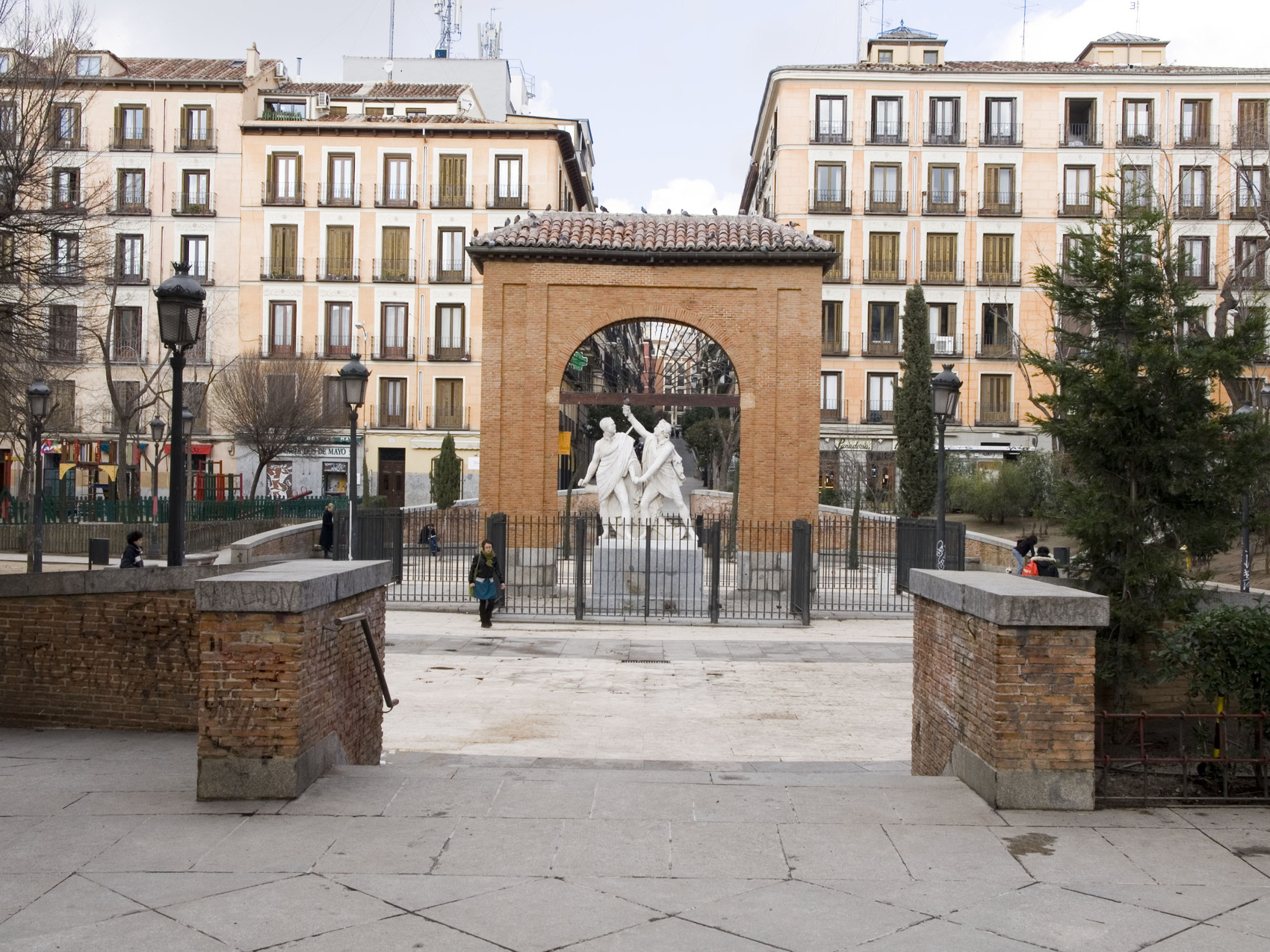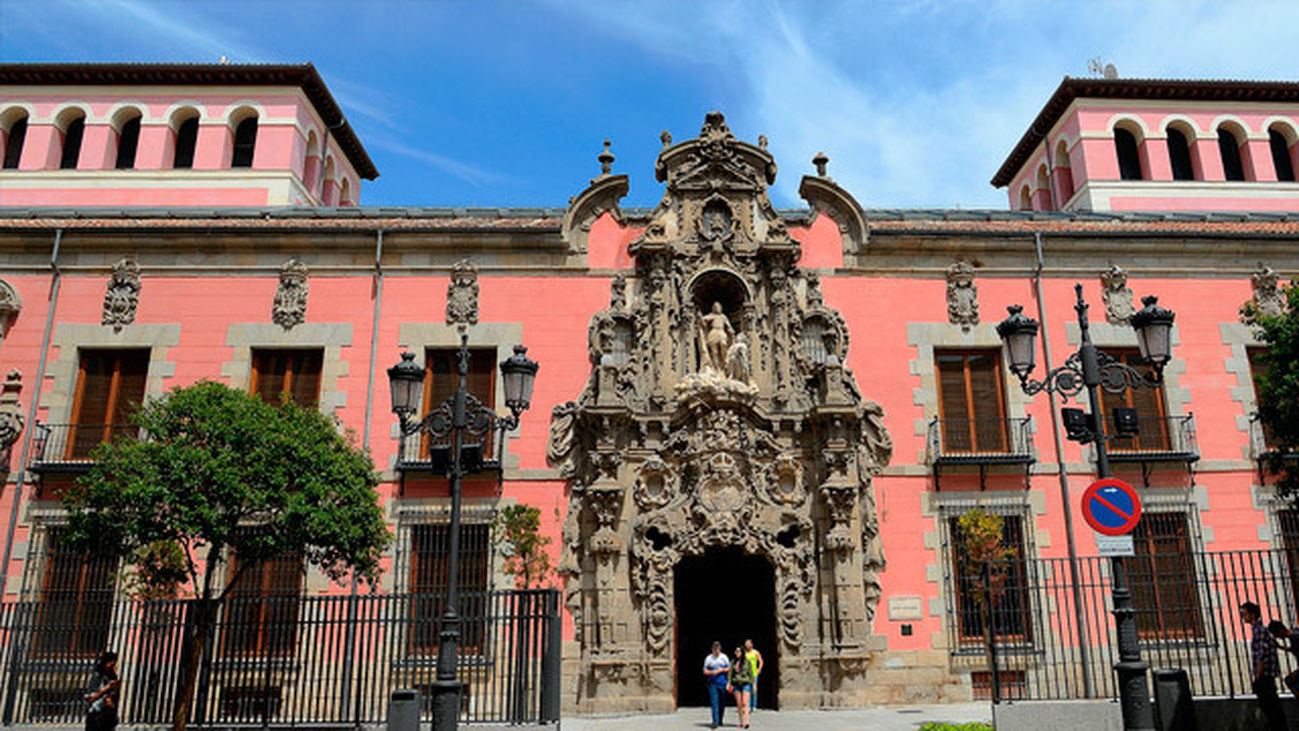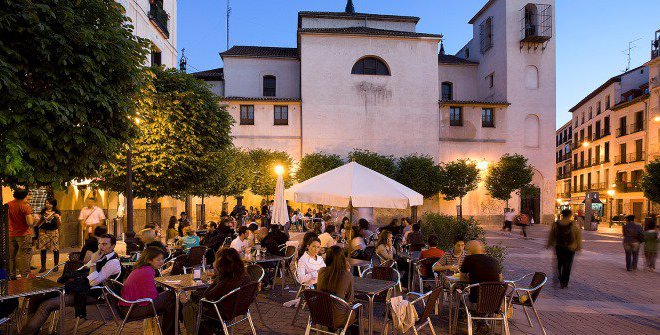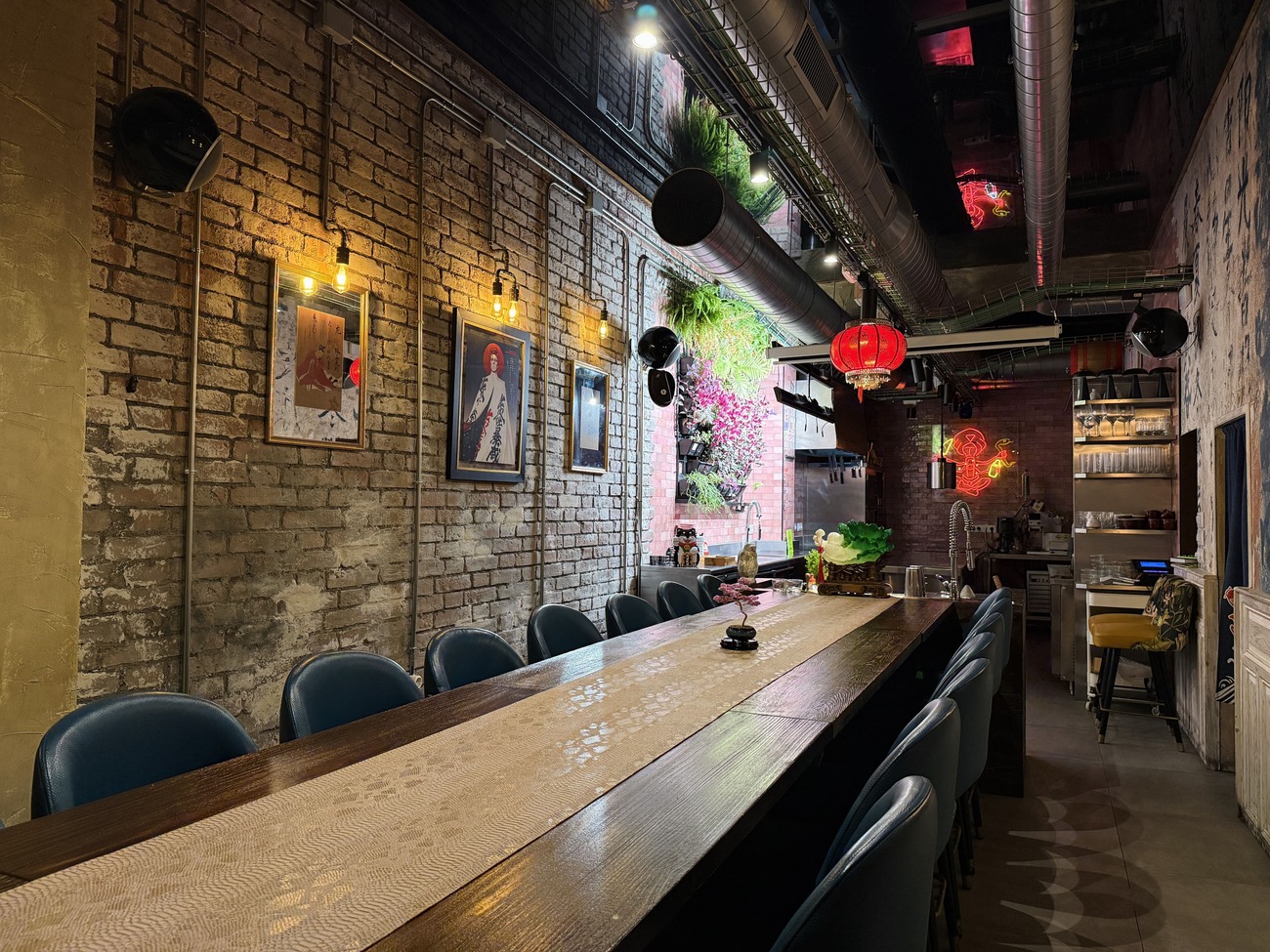Malasaña: Madrid’s liveliest neighborhood
Malasaña is alive day and night, in its squares, terraces, shops, bookstores, exhibition halls, and museums. With such charm, it not only dazzles Spanish buyers, but also foreigners eager for unique properties with history.

A unique neighborhood, full of life and culture, which was not only the epicenter of Madrid’s movida in the 1980s, but also long before the uprising of the people of Madrid against the French occupation in the first half of the 19th century, as commemorated in the Plaza del Dos de Mayo, one of its nerve centers.
More and more international buyers are not only choosing to invest, but are also establishing themselves as tax residents in Madrid. The most active profiles come from Latin America, the United States, Norway, and Germany. Neighborhoods such as Salamanca and the Recoletos-El Prado axis were the first choice for many of them, although, as we have already mentioned, the search for more square meters and other amenities reflects that buying in Madrid is no longer just an investment option, but a strategic decision to take up permanent residence for high net worth individuals. This is why residential areas such as El Viso and La Moraleja are currently highly sought after by these families.
However, this foreign residential decision, usually made by mature buyers, brings with it different generations associated with this change of destination. Therefore, alongside these stately neighborhoods in the center, we have also seen the growth of charming neighborhoods in Madrid that are causing a sensation due to their unique history and where, on the other hand, the liveliest side of Madrid can be appreciated. The one they say never sleeps.
Among them, Malasaña is undoubtedly the star. It is named after Manuela Malasaña, a young heroine of the uprising of May 2, 1808, who died in these streets at the hands of the troops. For anyone aged 50 or over, this neighborhood is undoubtedly linked to La Movida, the cultural and social revolution that emerged in Madrid during the 1980s and had its epicenter in this neighborhood of Madrid. But the reality is that today it is a safe and charming neighborhood, which, although still full of life, is an attractive place to live and feel the cultural heartbeat of the capital. This is something it shares with its neighboring districts of Conde Duque and Chueca, as both districts are adjacent to it. The exact boundaries of Malasaña are: Gran Vía to the south, Calle San Bernardo to the west, Carranza to the north, and Fuencarral to the east, where it joins Chueca.

The museum that best explains the city of Madrid is located precisely in this neighborhood, next to the Tribunal metro stop. It is the current Museum of the History of Madrid, which occupies one of the finest examples of 18th-century Madrid Baroque architecture, the Royal Hospice of Ave María and Santo Rey Don Fernando, built by the architect Pedro de Ribera.
Madrid is all about bars, and Malasaña even more so
The first thing that strikes visitors from outside Madrid is that the city has a lively social and nightlife scene every day of the week. And when the weather permits, the terraces spill out onto the streets. Many of the city’s most legendary squares are located in the Malasaña neighborhood, and there are few things more traditional than having a beer in the Plaza del Dos de Mayo, where the sculpture of Madrid’s heroine stands, or in the Plaza de Luna (although this is its colloquial name, its official name is Santa María Soledad Torres Acosta), where the famous Cines Luna movie theater was located. In Plaza San Ildefonso, on one side is the church of San Ildefonso and on the other is the century-old Farmacia Malasaña, known as Farmacia Puerto. Above all, it always offers an interesting bustle of terraces and people crossing this space.

As for the streets, despite there being one named after the heroine Malasaña, it is Calle del Pez that has stirred up excitement in recent years, with a large number of bars offering highly creative fare. In fact, these streets are home to some of Madrid’s legendary bars, such as El Penta, La Vía Láctea, El Diplodocus and, until recently, El Palentino (and its legendary beef sandwiches). Unfortunately, the latter has now closed, but not before appearing in Alex de la Iglesia’s 2017 film El Bar. In addition, Bodega de la Ardosa and Don Julio are not only good places to have a few beers, but also to grab a bite to eat.
Some of these bars have been ranked among the best venues, both nationally and internationally, by Salmón Gurú, recognized in the 2024 World’s 50 Best Bars Awards. Part of this project is Guru Lab, a creative laboratory that brings together the talents of these four aces of international gastronomy and innovative cocktail making, with an original space that can be rented for events.

Guru Lab is perfect for private lunches and dinners, product presentations, workshops, or film shoots. The open kitchen and bar complete an environment that invites sharing, exploration, and connection.
A cultural epicenter that attracts modern shoppers
But if there is one thing that characterizes this area, it is undoubtedly its bohemian and creative atmosphere, with various theaters (the best known being the Maravillas and the Lara), bookstores, and second-hand shops that not only entertain the area’s residents but also attract the most bohemian and avant-garde visitors. Among those who do live in this area and profess to be devoted to it and unwilling to ever leave are Mario Vaquerizo and Alaska, and designer David Delfín, among others. But the reality is that it is a very inclusive and diverse neighborhood, where people of all ages and backgrounds live together.
Silvia Hengstenberg points out that what they have noticed in recent years is a greater demand for properties on these streets from mature buyers with high economic status. Traditionally, the neighborhood had been known for its concentration of young residents, between 30 and 40 years old, often living alone or as a couple (and to a lesser extent with children), along with the other predominant profile: elderly homeowners, especially women, who had lived here all their lives and did not consider moving out even when they were left alone, either due to widowhood, other family circumstances, or simply because of women’s longer life expectancy. However, in the last eight years or so, there has been a buyer profile of people between 50 and 60 years old who are looking for a charming house with character in the area, but at the same time with modern improvements and, if possible, already completely renovated.
If there is one drawback to the area, it is the noise and bustle, especially at weekends, so one of the best investments, particularly when renovating, is to opt for high-quality windows and doors. This is the case with this spacious (231 square meters) and bright apartment in a classic building, located on one of the most commercial streets in the neighborhood, with three balconies and spectacular views. It is on sale for €2.1 million.
As we have seen in other areas of central Madrid, renovated homes are highly valued, especially by international buyers. Many of them are conversions of large old flats into apartments, perfect as a pied-à-terre for families whose main residence is elsewhere, or for children of international families who are studying in Madrid. This interest has led to prices rising between 12% and 14% each year since 2022, and although we find an average price of €8,200 per square meter on generalist websites, the reality is that when buyers look for a renovated property that also retains its traditional character, the price per square meter does not fall below €10,000.
For those looking for a place with character, where history blends with modernity and where there is always something new to discover, Malasaña is undoubtedly an excellent choice, because it is a neighborhood with much.